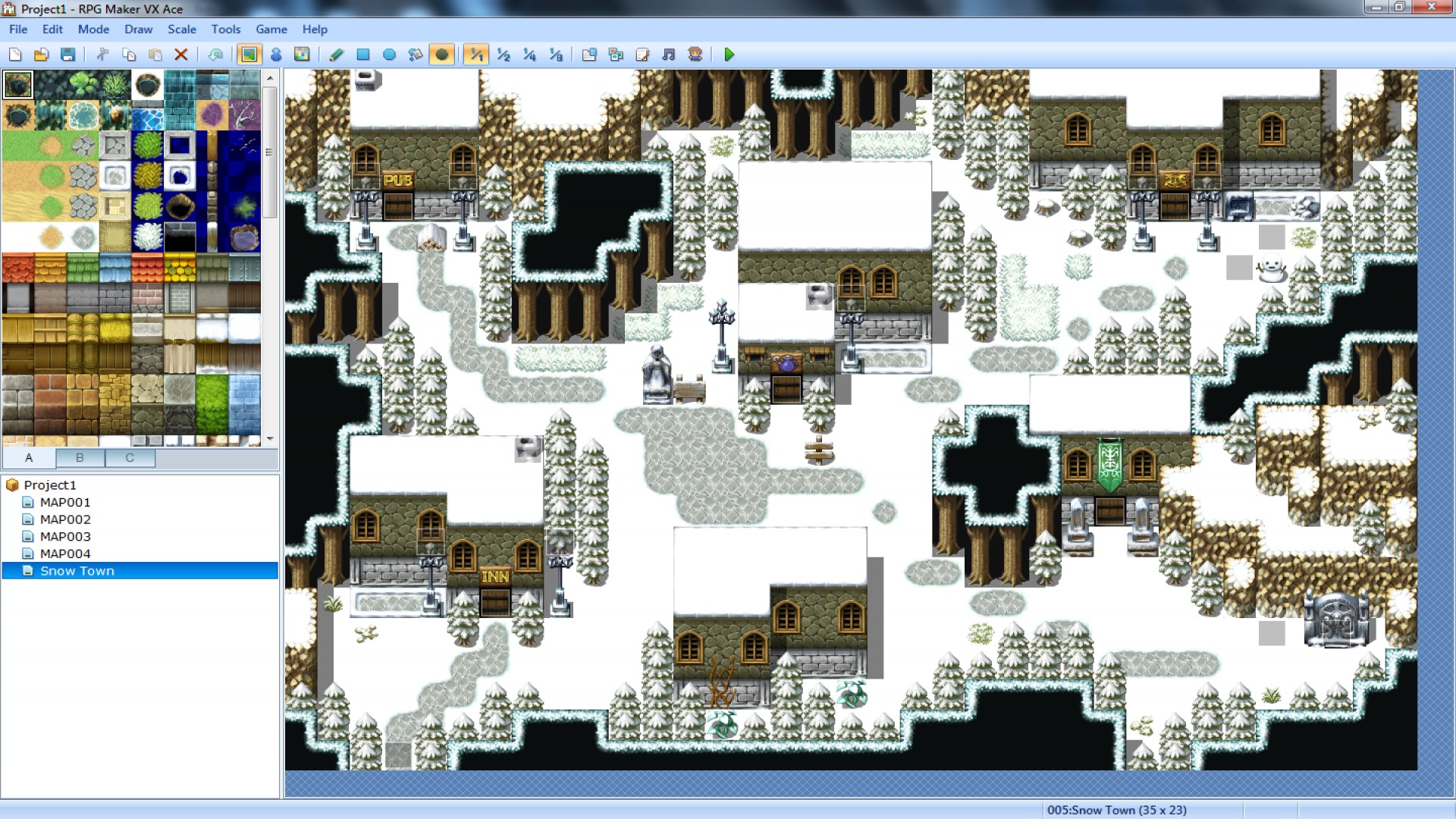
For some RPG Maker tasks, you won’t need the grid, but when you are cutting and pasting tiles it is essential. The next thing I do is turn on the grid for all of the images I am using. Go to Advanced Options and make sure Fill With is set to Transparency. If this is the way you want to go, go to File and New Image. Both sets can be found here: Īnother option is to start with a blank image for your Tilesheet. I have opened both of these files in Gimp. In this case I am using Celianna’s Tile E (because I knew it had room to add tiles into) and I will be adding doors from her tavern parallax set.

The first thing you want to do after starting up Gimp is to open up the images you want to combine. Any of the Tile A sheets have their own set of rules and will be discussed at another time, although many of the techniques in this tutorial still apply. A full complete set would often consist of sheets A1-A5 and B-E, althoughįor our purposes today, we are going to be discussing Tilesheets B-E.

Tileset – A combination of Tilesheets used to create a map. A1-A5 are five different sheets and B-E are four more separate sheets. Tilesheet – A “page” of combined graphics. Common terms are typically used as follows:

Before we start, let’s take a moment to review a bit of common RM terminology.


 0 kommentar(er)
0 kommentar(er)
